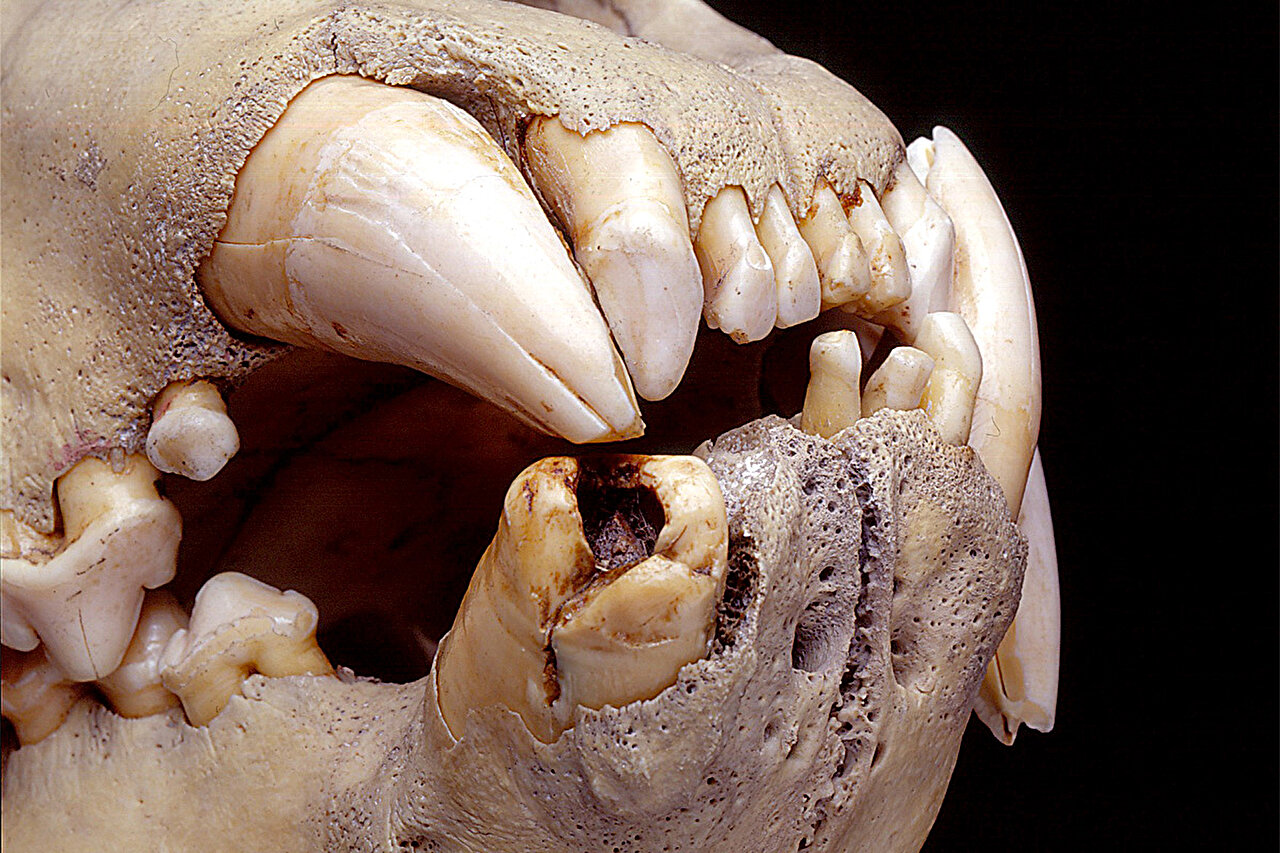In 1898, two male lions terrorized an encampment of bridge builders on the Tsavo River in Kenya. The lions, which were massive and maneless, crept into the camp at night, raided the tents and dragged off their victims. The infamous Tsavo “man-eaters” killed at least 28 people before Lt. Col. John Henry Patterson, the civil engineer on the project, shot them dead. Patterson sold the lions’ remains to the Field Museum of Natural History in Chicago in 1925.
There were thousands of hairs embedded in the lions’ teeth, compacted over a period of years, the researchers said. Further analyses will allow the scientists to at least partially reconstruct the lions’ diet over time and perhaps pinpoint when their habit of preying on humans began.
Source :
Compacted hair in broken teeth reveals dietary prey of historic lions
Highlights
• Prey hair in the Tsavo lions’ tooth cavities contains complete mitogenomes
• Cavities contained hair from giraffe, human, oryx, waterbuck, wildebeest, and zebra
• A comparison of hair DNA to endogenous lion DNA indicates self- or allogrooming
• At least two giraffes from a subspecies typical of Tsavo were eaten
https://www.cell.com/current-biology/fulltext/S0960-9822(24)01240-5



There’s a lot of historical incidents where construction camps became pop up food sources for wild animals. Like a slow, defenceless herd of gazelles that doesn’t move away after being attacked. An apex predator’s perfect setup, why would they leave?
They leave when Lt Col John Henry Patterson pulls out a gun